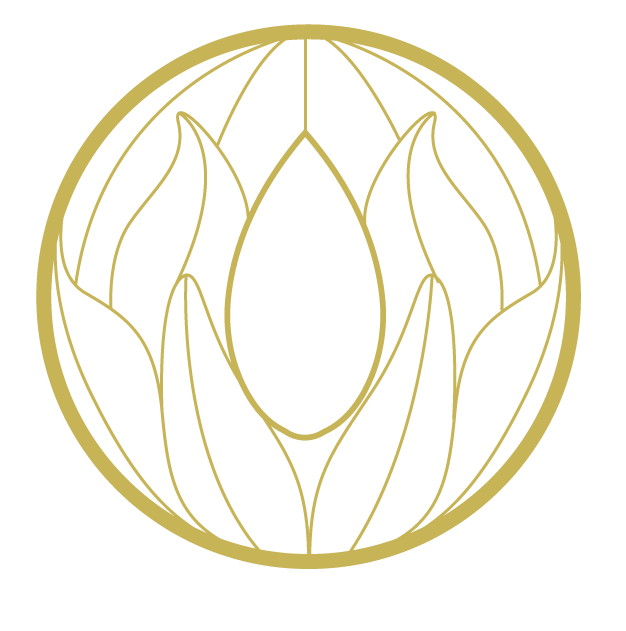Anxiety is a condition that is recognised as becoming a very common disorder impacting on both mental and physical conditions (Kwon & Lee, 2018). Currently anxiety disorders amounts as the largest group of psychological disorders with a prevalence of 7.6% in countries such as China alone (Yang et al., 2021).
Anxiety is characterised as a sensation or feeling that is an unpleasant anticipation or a response to stress from a perceived threat. Symptoms associated with anxiety are manifested as: excessive worry, or tension felt through the muscles and/or jaw, fatigue, insomnia, increased heart rate, and sweating. Higher states of anxiety are associated with: headaches, nausea and an inability to concentrate (Au et al., 2015).
Current conventional treatments and methods for managing anxiety include the administration of pharmacological medications and/or psychological interventions such as cognitive behavioural therapy (CBT). However, the present mainstream treatments are not always risk free with medications having many known side effects and CBT offering only transient therapy at times (Au et al., 2015).
Research into acupuncture or acupressure within clinical settings are showing promising results for the efficacy and safety as alternatives or adjunct therapies in supporting the reduction and management of anxiety presentations (Au et al., 2015).
In addition to acupuncture where fine needles are inserted into acupoints, acupressure is another method that can be used. Acupressure is defined as pressure applied to acupoints rather than needling used in acupuncture therapy. It has become an increasingly popular technique due to being non-invasive and can be administered to all age groups and also has the advantage of once being shown how to appropriately apply can be self-administered. Clinically, acupressure has a broad application and can be utilised for conditions such as: pain management, insomnia, dyspnoea, nausea and vomiting (Au et al., 2015).
A Systematic review from 2015 by AU et al. showed collated research from five Random Control Trials (RCTs) showed positive benefits of acupressure, providing immediate relief in the reduction of anxiety when administered to patients experiencing anxiety from pre-surgery anticipation. Although, the review was small in numbers it was considered the trials themselves were well reported with low risk of bias (Au et al., 2015).
Another review study of 2018 by Kwon and Lee supports the benefits of either acupuncture or acupressure when applied to patients with preoperative anticipatory anxiety and reported of the five RCTs reviewed all subjects self-reported positive outcomes in the reduction of anxiety. The study also states larger trials are required in this area. The Main acupoint utilised was yintang (EX-HN 3) located between the eyebrows, an acupoint known to have a calming and stabilising effect. The study reports the benefits of ease in which parents of children awaiting surgery can administer a specific acupuncture sticker on EX-HN 3 to induce a calming effect (Kwon & Lee, 2018). Another commonly used point known for its calming effect is HT7 the seventh point of the heart meridian, shown to having a balancing action on GABA and serotonin systems. The point is located at the ulnar aspect at the transverse crease of the wrist making it accessible for self-administered acupressure or applying stick on acupoint seeds that can be stimulated by the user (Son, 2019).
Auricular acupuncture acupoints Shenmen and Relaxation have also shown positive benefits in reducing anxiety in a preoperative setting (Tu et al., 2019). A 2001 study by wang and Kain divided a group of 55 subjects into 3 randomised groups – 1 x Shenmen acupoint group, 1 x Relaxation acupoint group and the other the Sham acupoint group. The points can be seen below in Fig 1. Following the study the authors concluded there was a significant benefit of auricular acupuncture for the reduction of anxiety using press acupuncture needles over a 48 hour period (Wang & Kain, 2001).
A more recent systematic review of 2021 presented by Yang et al. reviewed twenty (RCTs) for the efficacy of acupuncture for patients suffering from generalised anxiety disorder (GAD). The review concluded that acupuncture therapy was more effective in reducing anxiety compared to the control group. Although, it also concluded that more quality randomised control trials were needed in this area to reveal and to see the full benefits that acupuncture and acupressure can provide in the treatment of anxiety disorders (Yang et al., 2021).
From the above it can be seen that acupuncture and acupressure certainly can provide an alternative or as an adjunct to current therapies that are cost effective, easily accessible and have no or minimal side effects. Both acupuncture and acupressure have been shown to be safe with reports of efficacy in supporting and managing anxiety disorders with the added advantage of acupressure, where the patient can self administer when feeling overwhelmed
Acupressure
Self - administered anytime and anywhere. Learning how to self nurture

